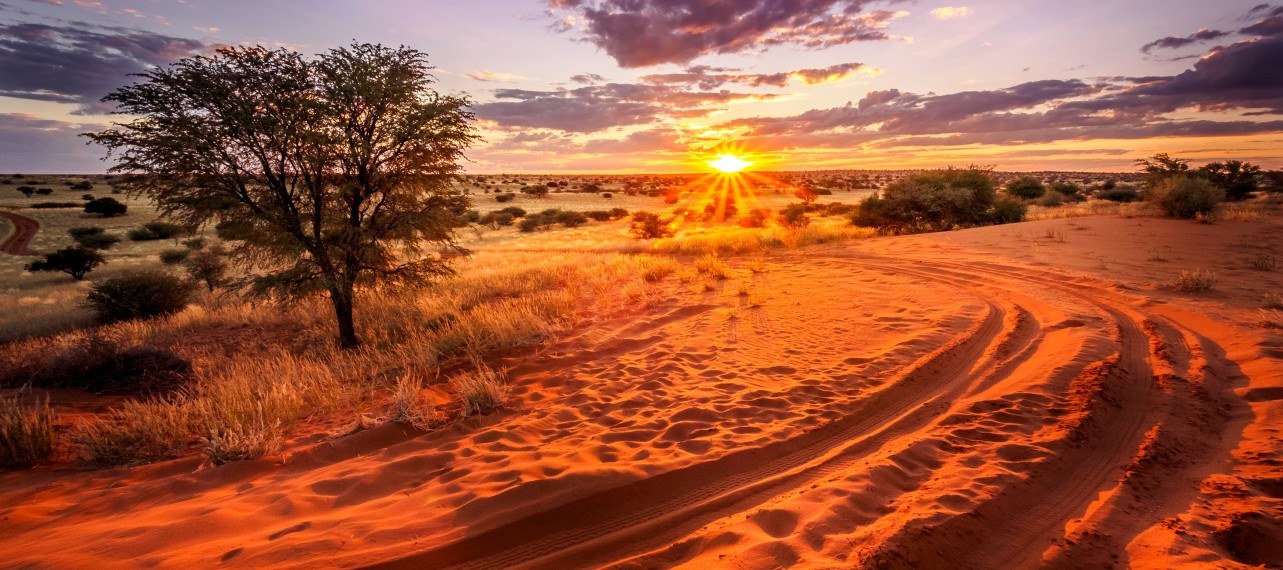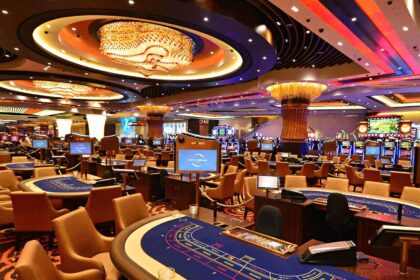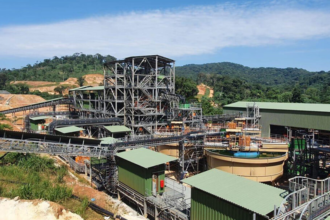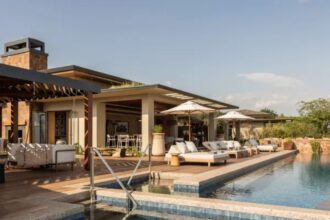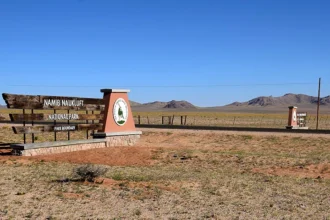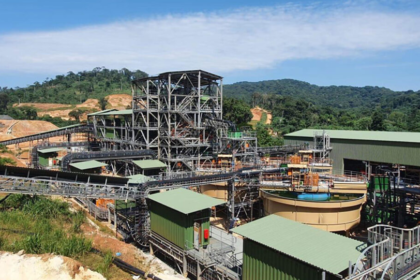At a Glance
- Botswana’s Kalahari emerges as Africa’s next ultra-luxury, privacy-driven desert escape.
- Eco-lodges blend wellness, sustainability, and seclusion for high-net-worth travelers.
- Private airstrips boost access to the Kalahari’s exclusive, low-impact luxury experiences.
Once overshadowed by the Okavango Delta and Kruger National Park, Botswana’s Kalahari is fast becoming one of Africa’s most exclusive luxury travel destinations.
Tapping into rising global demand for sustainable, wellness-focused escapes, the region now attracts high-net-worth individuals seeking hyper-personalized experiences, cultural immersion, and the rare privilege of solitude in an unspoiled wilderness.
The rise of desert-driven discreet luxury
Stretching across more than 900,000 square kilometers, the Kalahari Desert—whose name means “the great thirst”—was long viewed as a stark, untamed expanse.
Today, it is the site of Africa’s most transformative desert-meets-design hospitality movement.
Luxury eco-lodges are blending into the landscape with architectural subtlety, redefining what it means to “go remote” without sacrificing opulence.
Leading this evolution is the storied Jack’s Camp, reborn with antique Persian rugs, vintage 1940s safari décor, and private plunge pools overlooking the lunar salt flats of Makgadikgadi.
Guests quad-bike across the shimmering pans by day and dine under constellations by night—often without seeing another human being for miles.
Nearby, ultra-exclusive retreats like Feline Fields in the Kalahari Private Reserve and Sanctuary Kalahari Camp are setting new standards in privacy-led tourism.
Spa rituals using Kalahari melon oils, open-air yoga decks facing golden dunes, and gourmet meals prepared by private chefs—all curated for travelers who prefer privacy over paparazzi.
Where sustainability and luxury coexist
As climate-aware travel reshapes the industry, Botswana’s high-value, low-impact tourism model stands out.
The Kalahari’s luxury lodges—run by operators like Natural Selection and Desert & Delta Safaris—are powered by solar grids, eliminate single-use plastics, and emphasize local employment, particularly within the San communities.
The desert’s green season, spanning November to April, offers a rare spectacle: Africa’s second-largest wildlife migration.
Thousands of zebras thunder across the salt pans, trailed by black-maned Kalahari lions and elusive brown hyenas. It’s an experience that rivals East Africa’s Great Migration—without the crowds.
From Safari destination to luxury wellness escape
With wellness tourism growing at 9% annually, according to the Global Wellness Institute, the Kalahari is tapping into a lucrative new demographic: the affluent wellness seeker.
Lodges now offer sound baths beneath ancient baobab trees, detox menus curated by nutritionists, and spiritual healing sessions led by traditional San elders.
Here, the vastness of the desert becomes a canvas for mental reset. Silence, elemental beauty, and cultural authenticity converge to create an ideal backdrop for digital detoxes and emotional recalibration.
Remote, but incredibly reachable
Despite its remoteness, the Kalahari is becoming increasingly accessible via private airstrips and charter flights from Maun and Johannesburg. Yet its exclusivity remains intact—most camps host fewer than 20 guests, offering hyper-customized service in a crowd-free setting.
The global luxury travel industry is taking note. Tourism analysts now rank Botswana’s central Kalahari among Africa’s top five emerging ultra-luxury destinations, alongside Rwanda’s high-end gorilla lodges and Mozambique’s Indian Ocean archipelagos.

